Cultural philanthropy is one of those rare virtues which has value long after the death of its purveyor. It not only educates and edifies tomorrow's generation, but fuels a virtuous cycle of generosity to society. One such example is the J. Paul Getty Museum which is part of the Getty Center in LA, California.
Named after Jean Paul Getty, a rich industrialist who was once the richest man in America, the Getty Museum draws some 1.3 million visitors a year. Amazingly, entry to the museum is free, although one has to pay for parking. Most of its collection came from Getty's own estate, and include artworks, manuscripts, photographs, sculptures, decorative art items and antiquities from largely European civilisations. Of special mention are its impressive holdings of European paintings from the 14th to 19th Century featuring big names like Vincent van Gogh, Rembrandt, Degas, Renoir and others.

Our trip to the Getty started with a monorail ride from the carpark. Yes, the compound is so huge that a private rail system was needed!
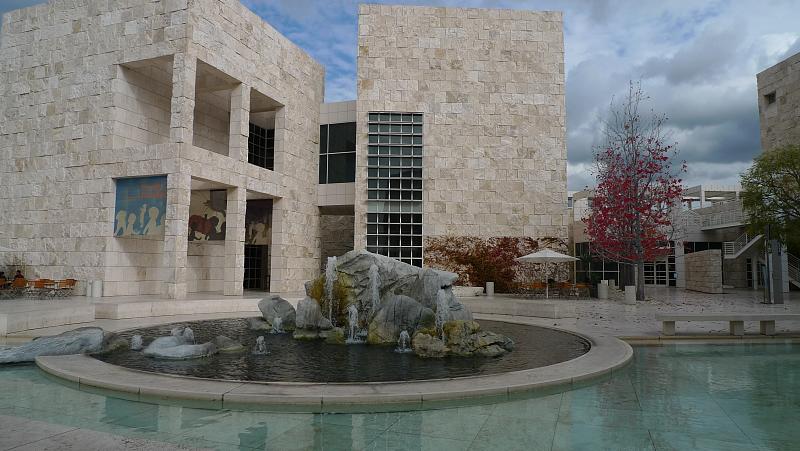
The landscaped environment of the modernist complex of the Getty was lovely and picturesque.

This included a nicely manicured garden which was ideal for picnics and strolls.

Notices like this made it easy to navigate the sprawling estate.

As in any museum of international repute, sharp-suited security personnel could be found at every corner. Just in case you got too close to the paintings...
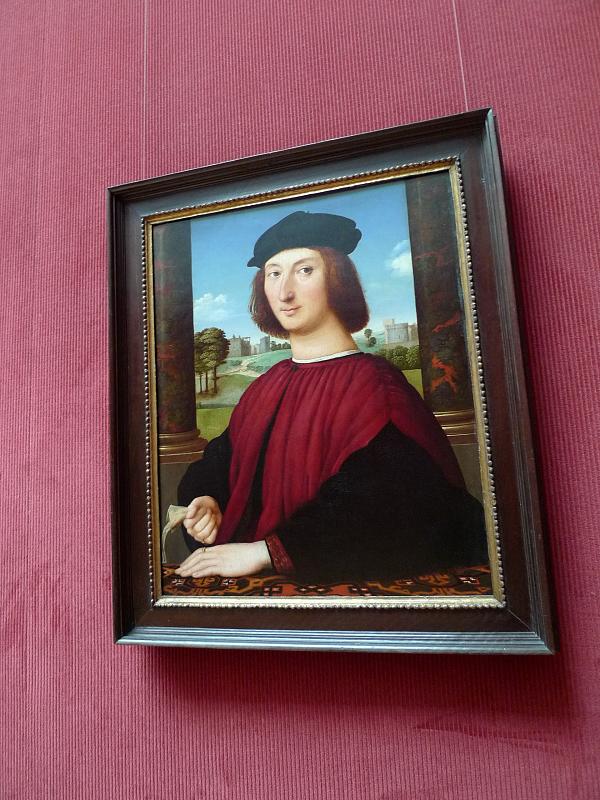
...like this one by renowned Renaissance artist Raphael (Raffaello Sanzio) called the Portrait of a Young Man in Red (1505).
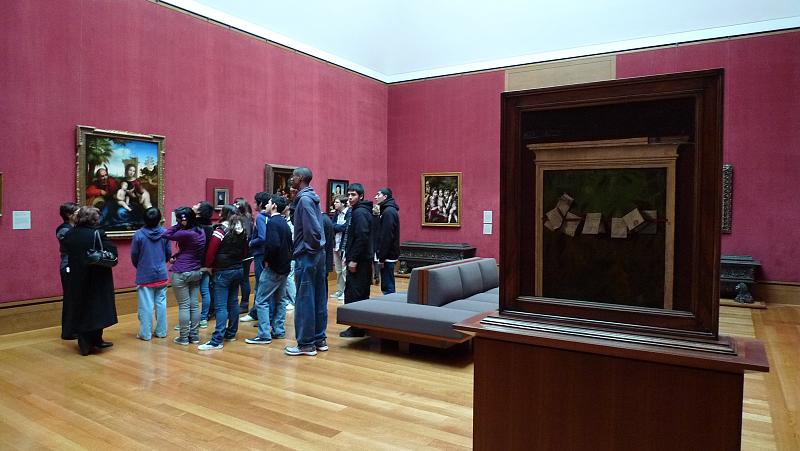
While the galleries were not sprawling, they had nice touches like comfortable sofas so that you can rest your legs.
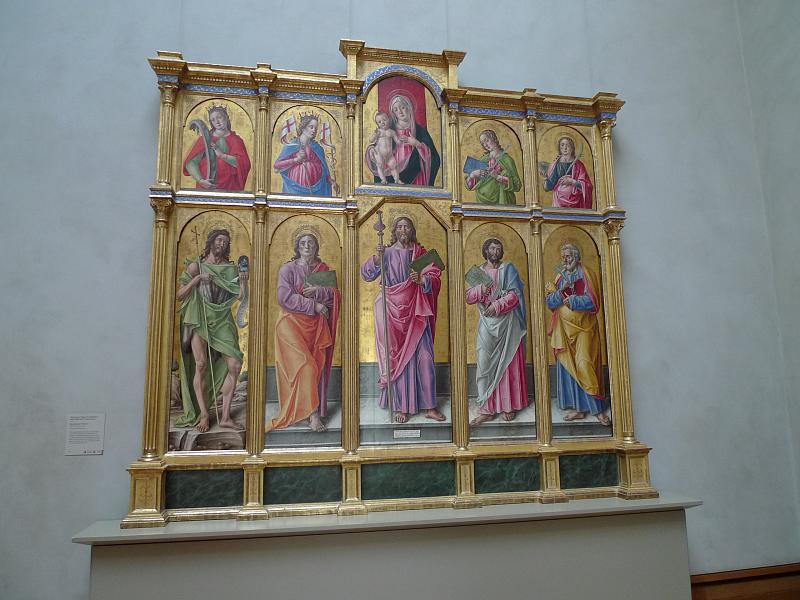
A unique gold-leafed Catholic altar piece featuring Jesus, Mary and some of the saints.

Clear and simple signages like this made it easy to understand what you are viewing from gallery to gallery.
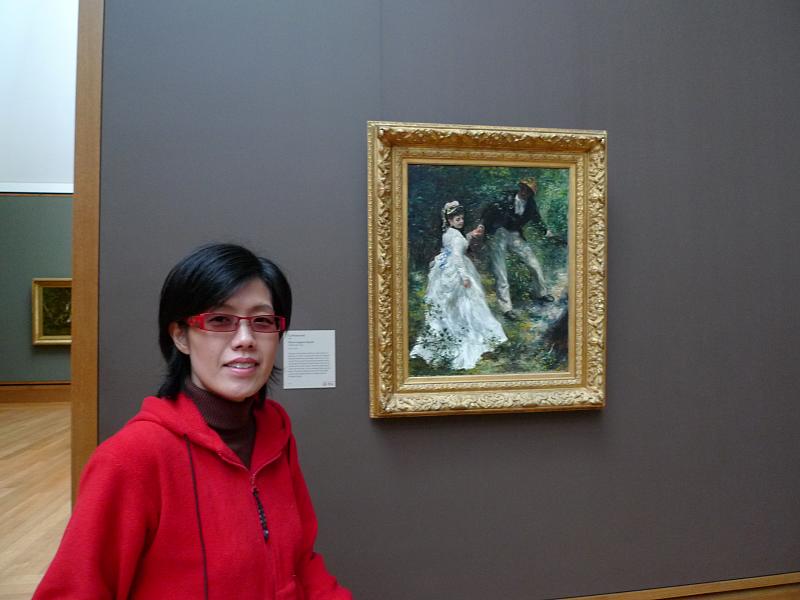
I forgot to add that photography (without flash, as they damage the pigments and disrupt the viewing pleasure of others) is allowed. Here's the world famous La-Promenade by Pierre Auguste Renoir (1870) next to Tina.

And of course, the stupendous Irises by Vincent van Gogh (1889), which was once the most expensive painting sold in an auction.
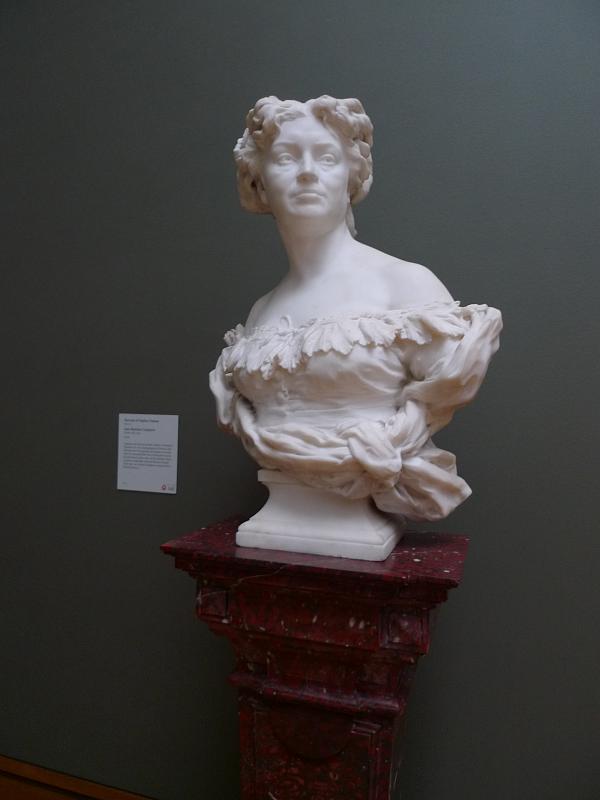
There were also interesting sculptures like this Portrait of Nadine Dumas by Jean-Baptiste Carpeaux (1873-1875).
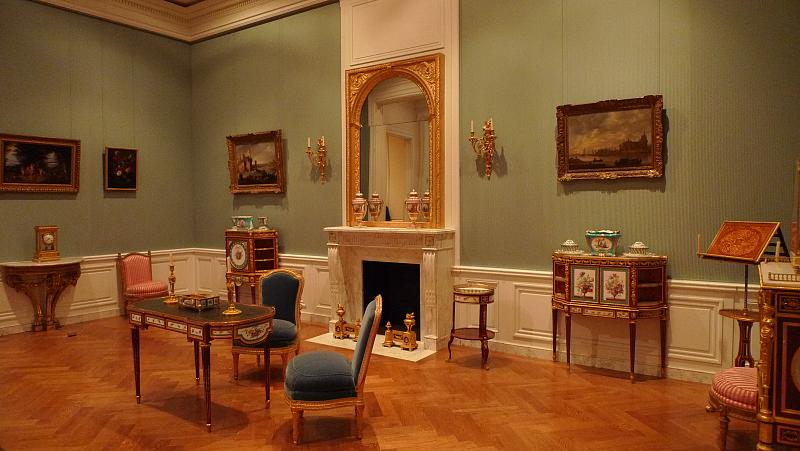
The museum also had great art deco pieces, like this French furniture set which probably hailed from the 17th to 19th centuries.
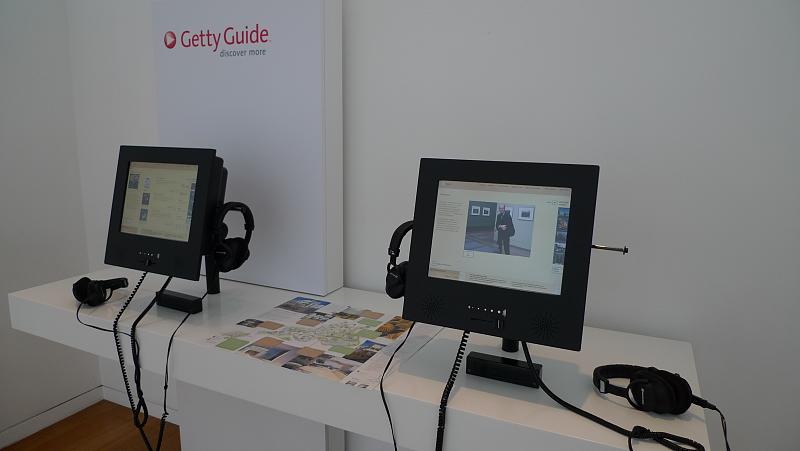
Multi-media audio-visual aids like these help to heighten the learning process for visitors.
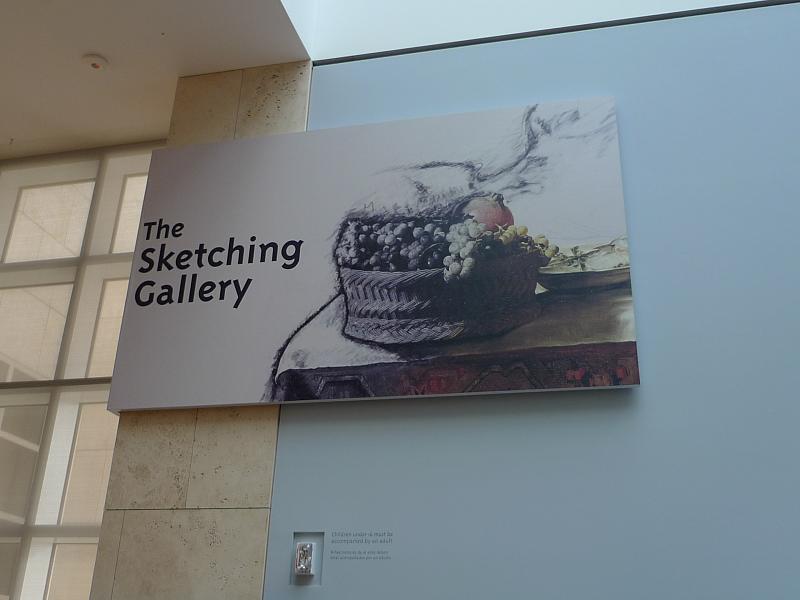
Audience participation was taken to new levels with a sketching gallery. Interestingly, you can take photos of the artworks but not of the visitors - a useful point to note to protect the privacy of individuals visiting a museum.

The best part about the museum is that kids are not forgotten. Ethan had a great time at the children's room, which had mirrors like this.

Long black tube-like things that he can stuff into holes on a wall (hmmm...does that sound a bit wrong).
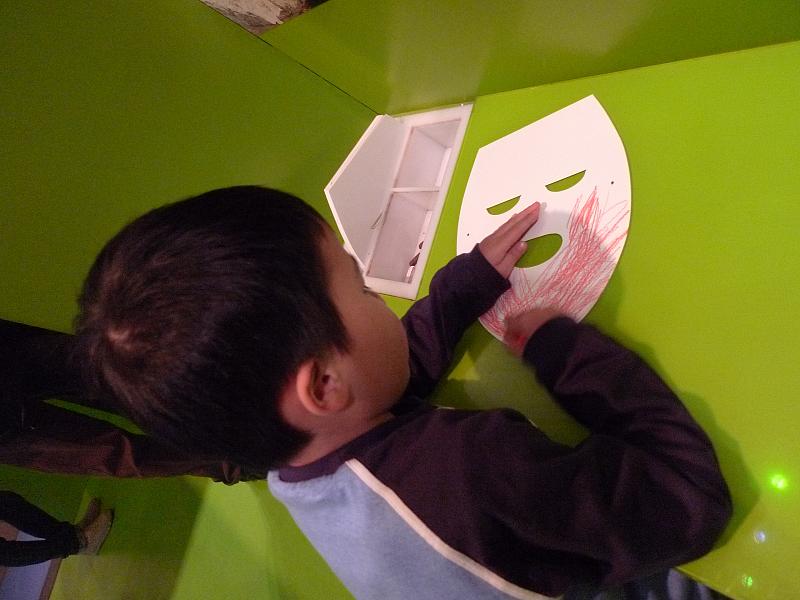
And a mask that he can make himself, and wear later with much aplomb.
With this post, I have come to the end of my family's vacation in the West Coast of America. Thank you for embarking on this journey with us!Labels: getty museum, us vacation

















